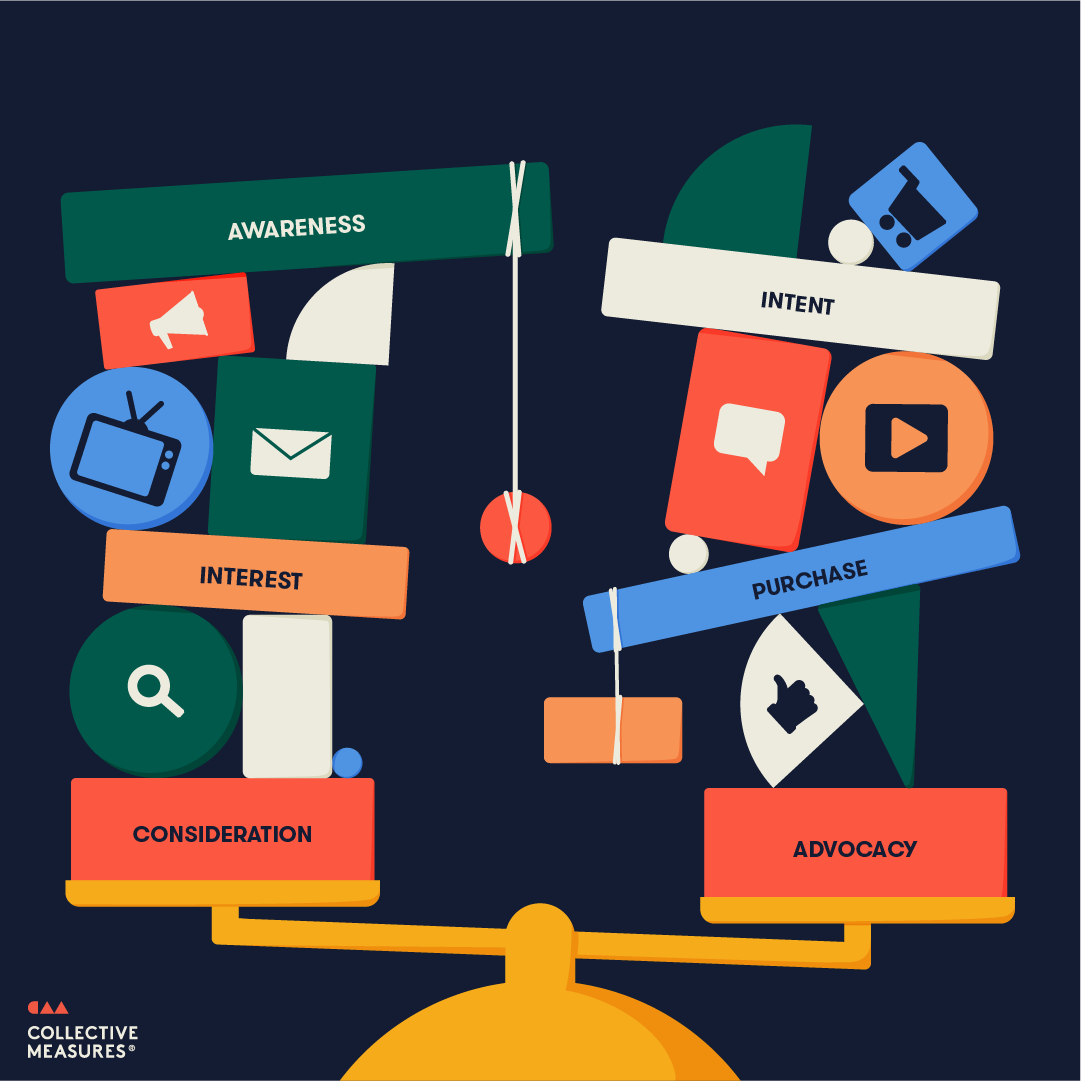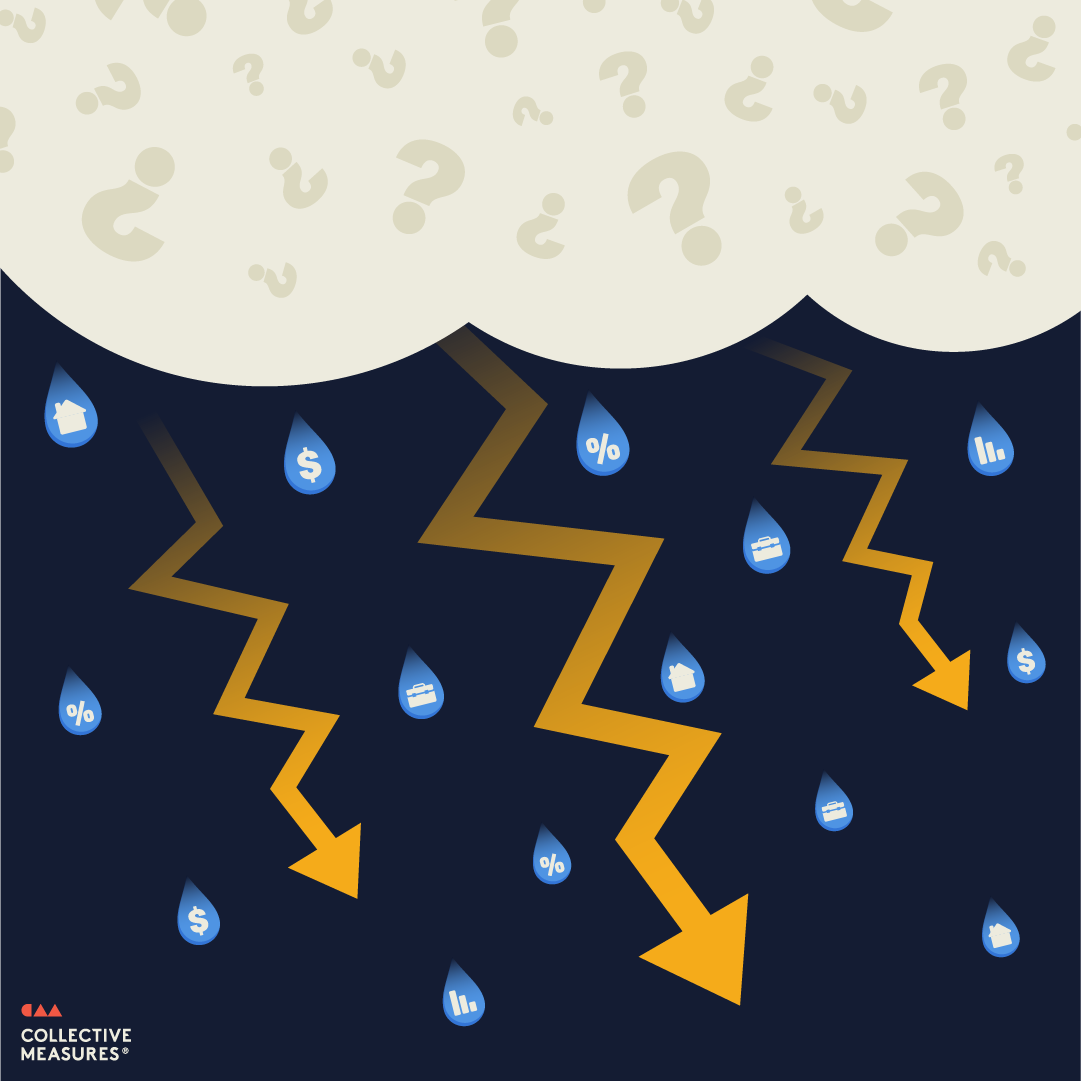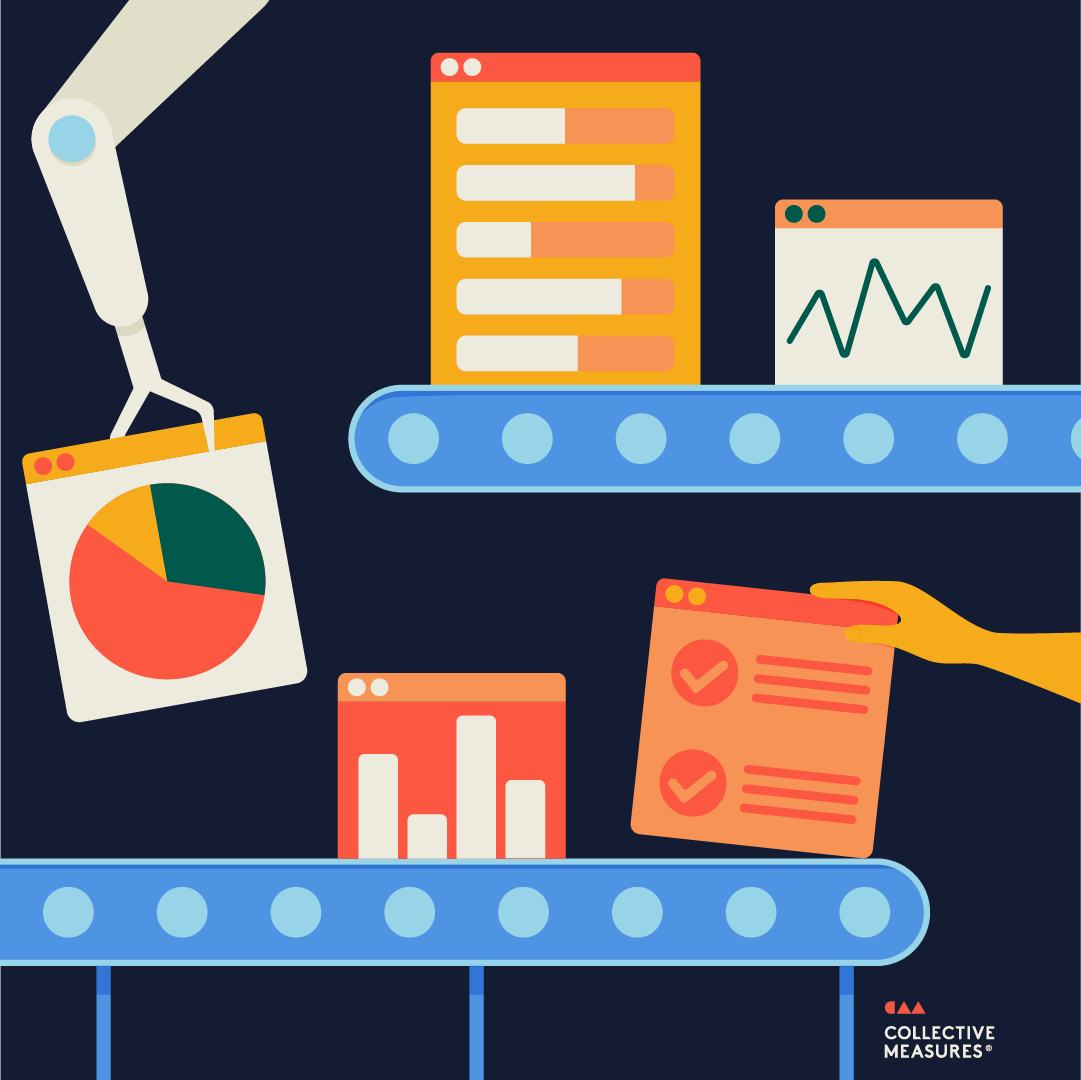2023 Marketing Trend Predictions
As we reflect on the past two years, it’s likely marketers are becoming immune to words like “resilience” and “disruptive.” But as we consider the challenges marketers navigated in 2022 — from supply chain constraints and ever-evolving consumer behavior to Google algorithm updates, extended third-party cookie deadlines, and new advertising opportunities like Netflix’s ad-supported streaming options — it was yet another year for the books.
There’s no crystal ball that can predict the curveballs that might come our way next year. But, after analyzing and reviewing all of the data we could get our hands on, our experts have identified a series of overarching trend predictions that we’re keeping an eye on. As we all look ahead to 2023, here are the four things marketers must keep in mind:
- Recession jitters
- Rebalancing brand and performance marketing
- The rise of automation or bust
- TikTokification of content
1. Recession Jitters
Recession? No recession? Although the verdict is still out on the severity of a potential economic slowdown, businesses and consumers alike are preparing for the worst. In fact, 91% of CEOs are planning for a recession in 2023 with inflation, interest rates hikes, and a dip in demand driving the anticipated economic downturn. As a result, brands across industries should expect the consideration phase to lengthen as consumers weigh their options, search for deals, and delay major purchases.
Driving forces & impact:
Sticky inflation remains the driving force of a possible 2023 recession as the Fed eyes yet another interest rate hike in an attempt to curb the Consumer Price Index. Recession jitters will impact consumer and business spending alike next year. Marketers may face an uphill battle when trying to secure marketing dollars for 2023 as businesses tighten their purse strings; however, consumers will need extra reassurance and persuasion to buy — which ultimately requires more marketing dollars.
Strategies for marketers:
Although some brands may be considering marketing cuts in the face of a looming recession, history tells us that brands who double down in times of economic downturn come out on top. In fact, “60% of brands that increased their media investment during the last recession saw ROI improvements.” As businesses compete for less demand and try to woo a more cautious buyer, it is crucial for brands to build consumer confidence with helpful, value-focused content and messaging.
The bottom of the funnel will be overcrowded as advertisers fight tooth and nail to convert every last customer, driving up competition and media costs. However, the top of the funnel will likely provide ample opportunity — paid and organic — for brands to stand out and deliver the reassurance and helpful content that customers are looking for. This means brands must conceptualize the world through their customers’ eyes and put their mindset at the center of marketing strategies. Brands who invest in empathetic marketing today will build trust, create better experiences, and develop more authentic and loyal relationships that will last beyond a recession. On the flip side, brands who pull back on marketing when consumers are seeking reassurance will lose market share to brands that continue to build relationships with their consumers.
2. Rebalancing brand and performance marketing

Performance media was able to thrive when data ran freely and a stronger-than-ever economy created endless consumer demand. That era of hyper-targeted placements with instant returns validating every dollar spent is coming to an end as demand and data access decline. With brands hungry to maintain market share, it’s time to go back to basics. This means casting a wider net with awareness media to bring more prospects into the funnel so that performance media can remain efficient and effective.
Driving forces & impact:
There are three key forces that are driving brands back to basics: data loss, decrease in demand, and media inflation. iOS 14, third-party cookie depreciation, and consumer privacy laws like CCPA and GDPR are quickly drying up the data pools that marketers have been completely reliant on for way too long. In today’s data landscape, clinging to niche audiences and hyper targeting severely limits scale. Data loss, paired with demand loss, further exacerbates the issue and drives up media costs. All of this means that performance marketing alone is no longer the efficient play; performance cannot be sustained in a silo.
Strategies for marketers:
Marketers should recalibrate their media mix by casting a wider net with broader, high-funnel media to keep the pipeline full and create the demand that performance media is so good at converting. The importance of contextual alignment, consumer insights, and competitive research is making a resurgence as data become more expensive and less available. Additionally, modeled measurement solutions like media mix modeling (MMM) will become increasingly important to validate a full-funnel approach, scenario plan, and fill in gaps due to increased data privacy policies.
3. Automation or Bust
For years, walled gardens like Google and Meta have been pushing toward automation. In the interest of protecting individuals’ privacy, data that were once freely offered have now been pulled behind the curtain. To find ways to combat this lost access to data, marketers must leverage AI and automation to find new audiences at scale. With the right balance of machine and human (to ensure algorithms stay on track), automation can deliver results and enhance campaign performance.
Driving forces & impact:
Calls for data privacy from both the government and industry powerhouses like Apple are the main driving force behind the push toward automation. Walled gardens like Google and Meta remain rich with data; however, how they are able to leverage that data is changing. Their solution is to give artificial intelligence (AI) the keys to determine which audiences to target with an emphasis on meeting goals. New automation-powered campaign types like Performance Max, RSAs (Google), and Advantage+ (Meta) are quickly replacing standard campaigns and initial results are proving that with the right human inputs and oversight, leaning into automation can increase performance by 25%.
Strategies for marketers:
Google and Meta are calling the shots when it comes to automation. From a paid media standpoint, automation is quickly becoming the only option, while options for manual campaign set up and optimization are being phased out. Marketers will have two options here: go “all in” on automation or take their dollars elsewhere. But from what we’ve seen in the past few years with the introduction of automated campaigns like smart shopping and responsive search ads, pairing automated campaigns with human input (i.e., inserting the proper business inputs with diligent oversight) is a winning combination.
As it relates to SEO, the impact of Google’s advancements in machine learning has become increasingly more niche. This means that the algorithm’s impact on a brand’s organic search performance may be more micro than macro (i.e., death by a thousand paper cuts) than in the past. This means organic search data automation at a granular level is required to quickly spot changes and identify strategies. Without ongoing SEO analysis, it may take months to see the effects and even longer to reverse the negative impact.
One final thought: brands can also take advantage of the scale that automation provides to increase first-party data collection. This requires marketers to properly collect and analyze first-party data to uncover useful insights. Those learnings can then be used to inform both media and content strategies.
4. Tiktokification of Content

In under two years, TikTok has evolved from pandemic-fueled timesuck to a pillar of pop culture, boasting over one billion users. The authenticity, sense of community, and endless viral trends have reshaped the future of social media and digital content as a whole. Media platforms like Meta and Google are scrambling to “TikTokify” their offerings with a focus on bolstering short-form video, discovery engines, and features that enable effortless content creation. Put simply, TikTok culture is here to stay.
Driving forces & impact:
Gen Z is the driving force behind the “TikTokification” of content. This generation has made it clear that they want their content in snackable video formats from authentic, relatable sources. And they want a lot of it. Just like Facebook revolutionized digital culture in the early 2000s, the success of TikTok will influence how people across generations search for, share, and create digital content for years to come. And this impact will be felt far beyond the social media space; in fact, Gen Z now prefers TikTok over Google as its main search engine, threatening to upend the entire search ecosystem. Other platforms are taking note and quickly updating their offerings in an attempt to appeal to Gen Z (and the rest of us, once we catch up) with features like Reels and discovery engines.
Strategies for marketers:
Whether or not Gen Z falls into your current target audience, marketers need to take note of their content preferences because this generation is shaping the future of media. As platform algorithms and audiences continue to favor authentic, creator-led video content, brands will need to develop and promote influencer and user-generated content (UGC) strategies. It will also be crucial to determine how to incorporate engaging video into the mix from both a paid and organic perspective. As audiences of all ages increasingly use social platforms as search engines — think TikTok, YouTube, Pinterest, and others — SEO and content strategies must be altered to include them as such, ensuring audiences can find helpful, engaging content no matter where they are searching.
Are you ready?
Marketing in 2023 is sure to be full of unexpected twists and turns. It’s important to take a deep breath and look at all of the opportunities available to your brand through the lens of what you can control. And, uncertainty aside, there is still ample opportunity for brands to distinguish themselves as key players by leveraging these strategies. Use this confidence to empower your marketing planning efforts in 2023 and our predicted trends as a guide for where to focus your attention in the year ahead.





